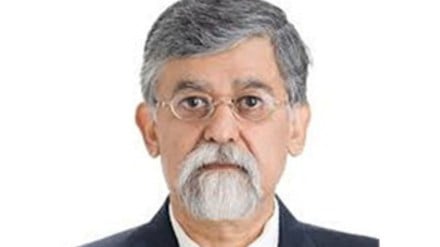Multidimensional poverty index (MPI) is another way of estimating poverty, but it doesn’t give “useful information”, NITI Aayog Member Arvind Virmani told FE.
“Poverty is indicated through income. I have been in favour of estimating poverty through income only,” Virmani said. “The concept of income and consumption is very clear, since 1960s. Having an index (MPI) actually gives confusing picture.”
A record 135 million people moved out of multidimensional poverty between 2015-16 and 2019-21 as per NITI Aayog’s Report ‘National Multidimensional Poverty Index: A Progress Review 2023’, released in July. According to the report, India has registered a significant decline of 9.89 percentage points in number of India’s multidimensionally poor from 24.85% in 2015-16 to 14.96% in 2019-2021. The rural areas witnessed the fastest decline in poverty from 32.59% to 19.28%. During the same period, the urban areas saw a reduction in poverty from 8.65% to 5.27%.
The report has been formulated based on the data from the latest National Family Heath Survey.
MPI, that complements monetary poverty measures, has been used by the UNDP in its Human Development Report since 2010. It captures overlapping deprivations (dimensions of poverty) in health, education and living standards. The index presents not just the extent of poverty (headcount ratio), but also its depth, captured by “MPI value” which is derived by multiplying head count ratio with the average deprivation score among the MPI poor.
MPI outcomes provide insights into the distribution of poverty within a country (at state and district levels, for instance), and quantifies the contribution of each indicator to MPI poverty. The capturing of MPI poor at disaggregated population groups facilitates targetted policy response. The MPI is in consonance with global Agenda for Sustainable Development and the concept of “leaving no one behind.”
The earliest attempts in poverty estimates in India are traced to pre-Independence period (early 1900s) when estimates were based on cost of subsistence diet, followed by Bombay Plan in 1944, which proposed estimates based on minimum standard of living. Post-independence, various expert groups worked on the issue, the latter ones being those headed by Lakdawala (1993), Tendulkar (2009) and Rangarajan (2015), all of which estimated “monetary poverty,” based on consumption and expenditure surveys.
